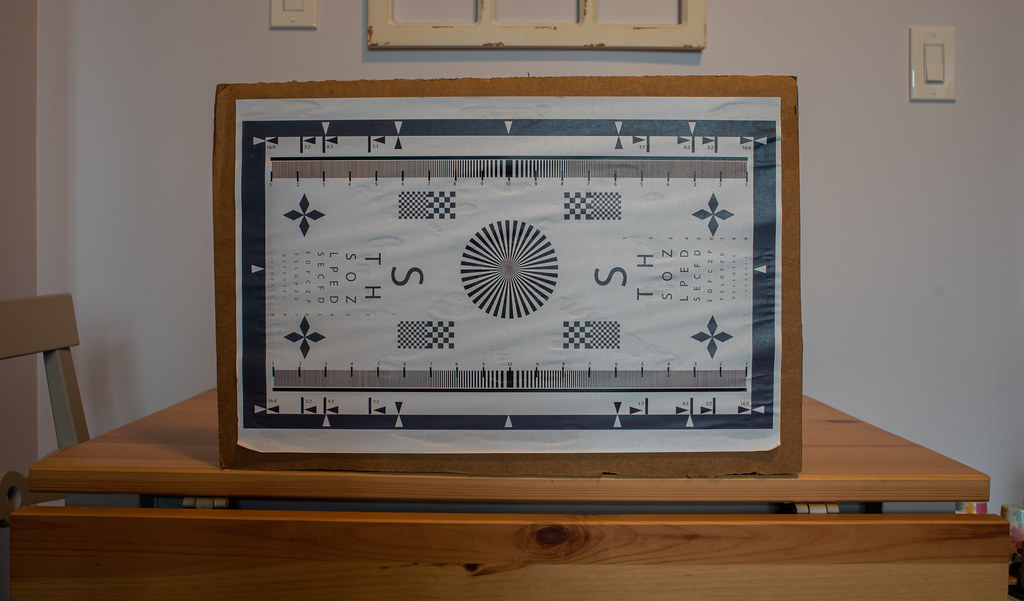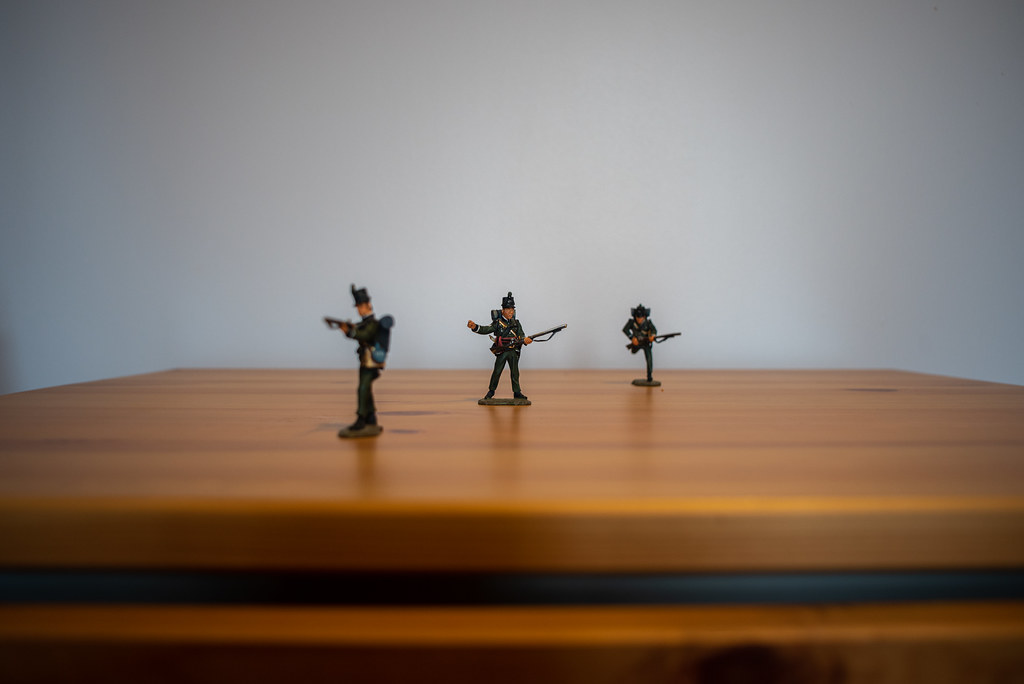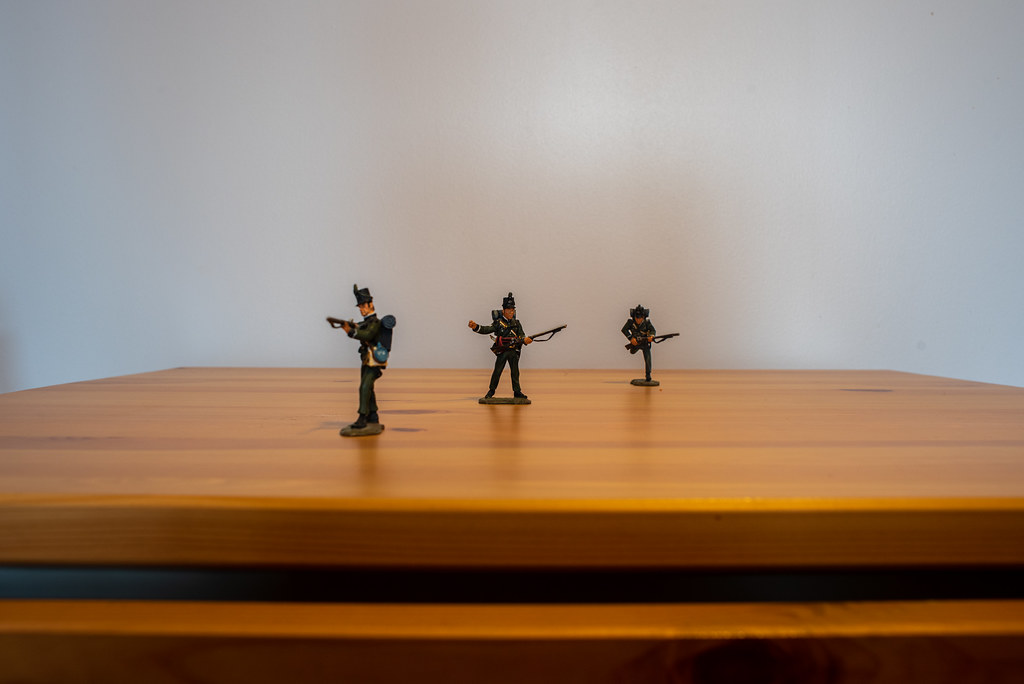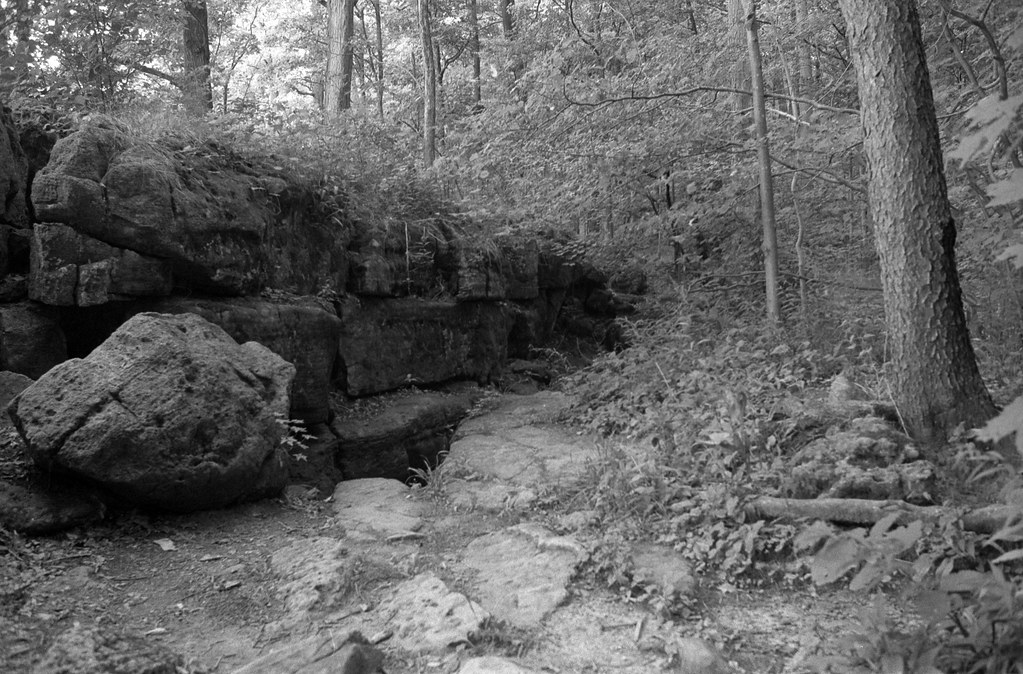When it comes to wide-angle lenses, you don’t always need the fastest lens in the bunch. While an f/2.8 28mm or 24mm is a nice addition to any kit, they often come with a steeper price tag. But what if you only needed something that would get you that 28mm and were not as concerned with speed and could get away with something not as fast but the same performance. Enter the lens that opened my eyes to the more bargain focused wide-angle lens, the Nikkor 28mm f/3.5. This lens actually helped me decide to add the Zuiko 28mm f/3.5 lens for my Olympus kit. The Nikkor 28mm f/3.5 comes from when Nikon produced all sorts of lenses to the same exacting quality but at different apertures and price points, and while not the best for dim light, in daylight, this is not the best lens is near perfect.
Lens Specifications
Make: Nippon Kōgaku K.K.
Model: AI Nikkor 28mm 1:3.5
Focal Length: 28mm
Focal Range: ∞ – 0.3m
Aperture: f/3.5- f/22, 7 Blades
Structure: 6 Elements in 6 Groups

Nikon D750 – AI Nikkor 28mm 1:3.5
Build Quality
Like all lenses from the late 1970s to early 1980s, the Nikkor 28/3.5 is of all-metal construction it is a bit larger than faster lenses (surprisingly) but fits well on all my Nikon cameras that support the lens. From my smaller FE and FM to the MD-15 equipped FA. And I even love working with the lens on my D750, which, thanks to the smaller body size, doesn’t dwarf the lens. It also doesn’t add too much additional weight, and it is well balanced on the front of the camera, no matter how equipped. The aperture ring is a bit tricky, but I’ll chalk that up to age; it rattles a bit when adjusting the stops, and there is that hidden f/4 mark between the f/3.5 and f/5.6 stops. The focus ring is large and travels smoothly with rubberized coating. It’s easy to focus on all the cameras in bright daylight, although having only an f/3.5 wide-open aperture, it suffers a bit indoors. The lens had the standard Nikon multicoating on the lens elements, and the six by six construction helps offer up similar optical quality as the faster 28mm f/2 lens of the same era. The seven-bladed aperture is nearly even, and at night when stopped down to f/22, produces beautiful fourteen point stars from points of light.

Nikon D750 – AI Nikkor 28mm 1:3.5
Nikon D750 – AI Nikkor 28mm 1:3.5
Nikon D750 – AI Nikkor 28mm 1:3.5
Nikon D750 – AI Nikkor 28mm 1:3.5
Nikon D750 – AI Nikkor 28mm 1:3.5
Image Quality
While I haven’t made a head-to-head comparison to the faster 28mm lenses of the same era, I can tell there are no stand-out issues when it comes to the image quality from the Nikkor 28/3.5. The number one thing that I noticed with the lens is the lack of distortion. Even when I have the lens at a close focus point, my straight lines stay straight without any adjustments in post-processing. You will see some fall-off at the corner and edges when you have the lens wide-open f/3.5, but by f/5.6, that is all but gone. Again, you’ll only see that against clean, bright backgrounds, so that should not be much of an issue. The best aperture range I found for the lens starts at f/8 and goes right to f/22 for best results. The one thing you do not need to think too hard about is your depth of field; the tests here are a bit exaggerated as I’m focused fairly close to the model soldiers, that 28mm focal length you can achieve decent depth-of-field starting at f/5.6 when out in the field. When it comes to image sharpness, this lens is excellent; that 7 by 7 construction is the same as some of Nikon’s faster options. And the 7 blade aperture produces silky out of focus element rendering. And while some might say you need something faster to get excellent out-of-focus elements, the Nikkor 28mm f/3.5 certainly delivers that same experience without having to go to an f/2.8 or f/2 lens.





Applications
Like any wide-angle lens, the best application for these is in the realm of landscape and cityscape photography. With the lack of distortion even at closer focus points, the lens keeps your straight lines straight, and I’ve never needed to make any adjustments in post-processing my images both on film and digital. It works well for architecture shots to get that full building in the frame when working in close quarters. While you can work with the lens inside for event photography to capture whole groups, it will seem a bit dim, especially in low-light, but it will not be too much of an issue if you have a bright viewfinder. Surprisingly the lens works well for close-focus applications with the ability to focus into 30cm or 1 foot of the subject matter, although it is not a true macro lens and getting that close will cause some distortion. It is, for me, the perfect wide-angle prime lens for travel as it takes up very little space in my camera bag, works well on all my Nikon cameras (especially when I don’t want to lug my monster 28-70mm f/2.8D or 14-24mm f/2.8G) and even if it does break or gets lost I’m not going to be too put out because it cost me less than 100$ used.





The Low Down
The Nikkor 28mm f/3.5, I feel, doesn’t get as much love it deserves, but on the other hand, if it did, it would not be a less expensive option for manual focus Nikon lenses. I should also make a head-to-head comparison between the faster options of the same focus length (f/2.8 and f/2) to see any major differences (I’ve made that note). On the used market, you can get excellent examples between 50 and 95 dollars and these are in superb condition. While I cannot remember how much I paid for mine from a local camera dealer (North Halton Camera Exchange in Georgetown, Ontario), I feel it was certainly in the lower end of that range, maybe 60$. Either way, this lens became a fast favourite, being a popular choice during the ongoing 52-Roll project and having appeared in a majority of the weeks and is always in the bag when doing a multiple lens setup (usually joined by the 50mm 105mm). But what sold me on the lens was how well it pairs with my D750, and in my non-CPU lens options, it is choice number one, and that should say something.
Further Reading
Don’t just take my view on the Nikkor 28mm f/3.5, check out these other reviews.
Ken Rockwell – Nikon 28mm f/3.5 AI
Russell Bloodworth Photography – Nikkor 28mm f3.5 AI: A Fantastic Vintage Wide-Angle Lens

Probably much the same as the rangefinder 2.8 f/3.5 I use on my Nikon SP. excellent lens.